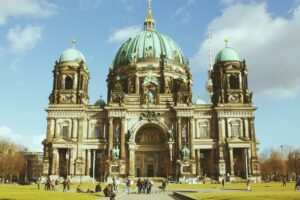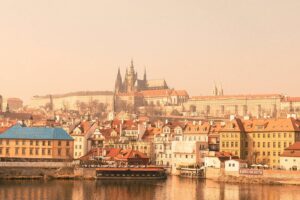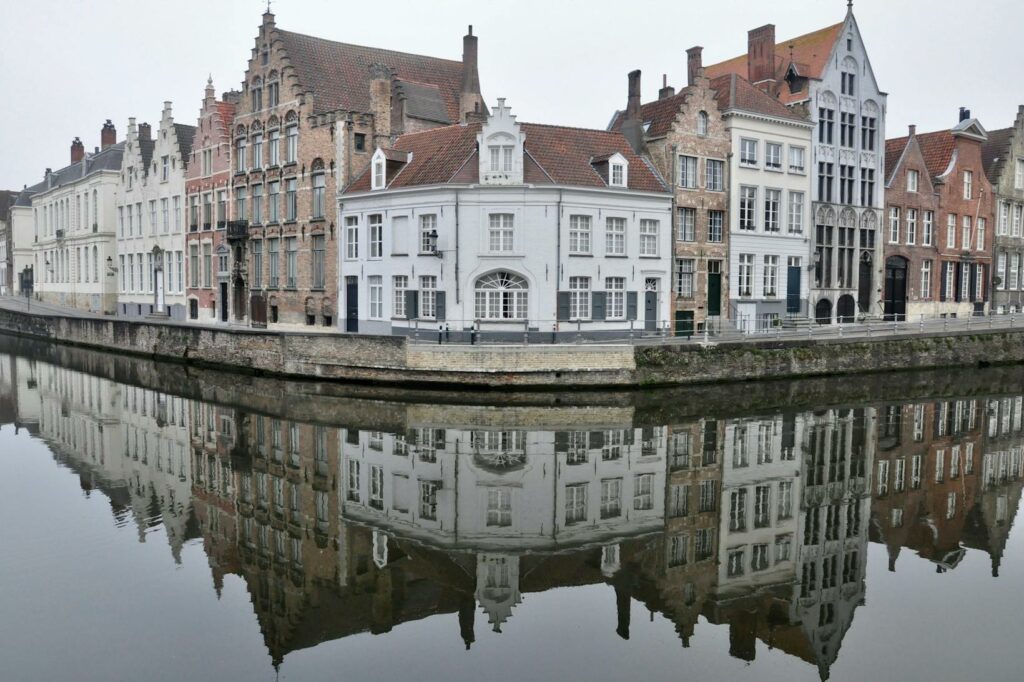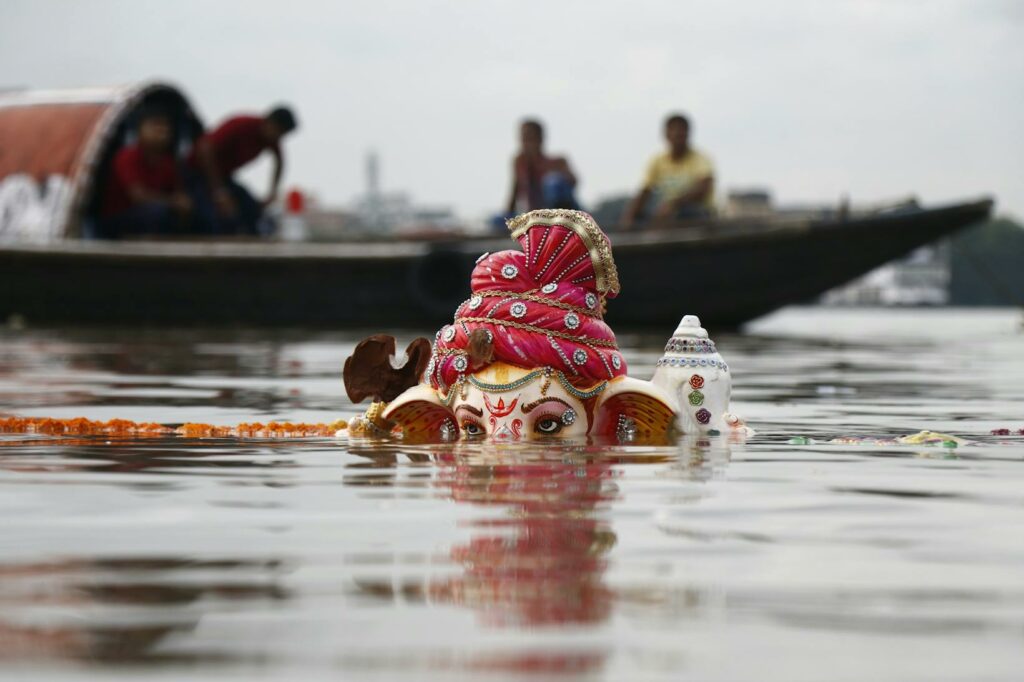Europe’s culture is a rich tapestry, woven with threads from countless civilizations and epochs. It’s a vibrant mosaic of art, literature, music, philosophy, and customs that have evolved over centuries. This article delves into the heart of European culture, revealing its diverse facets and inherent unity.
Culture Of Europe
This section delves further into the cultural intricacies of Europe, demystifying the concept of European culture and tracing its formation through various influences.
 The Concept of European Culture
The Concept of European Culture
European culture doesn’t exist as a single entity. Instead, it’s an amalgam of myriad local, regional, and national cultures spread across the continent. These cultures, though rooted in their local traditions and practices, intermingle and intersect, generating a creative cultural dynamism that defines Europe. From Flamenco in Spain to Byzantine icons in Greece, disparate cultural elements coalesce to create the cultural mosaic that is Europe.
Tracing European culture is akin to navigating a labyrinth of history, philosophy, art, and language. For instance, the Renaissance’s birth in Italy spread across the continent, bringing about a cultural revolution. Likewise, German philosophers such as Nietzsche and Kant shaped European thought, while French cinema and UK rock music transformed the global cultural landscape.
Influences Shaping the Culture of Europe
Various forces contribute to the shape of Europe’s cultural identity, with historical events, geographical diversity, and social changes acting as integral influencers.
- Historical Periods: From the eras of the Roman Empire, Medieval period, and Renaissance, each epoch left indelible marks on the cultural landscape. For example, Greece’s classical age gave birth to Western philosophy, while the Renaissance ushered in new perspectives in art, science, and politics.
- Geographical Diversity: The geographical variety, ranging from Mediterranean beaches to Scandinavian fjords, fostered diverse lifestyles, traditions, and customs. The sunny climate of southern Europe, for example, formed an open, vivacious culture contrasting with the reserved manners found in colder northern regions.
- Social and Political Changes: Revolutions, wars, and political movements play instrumental roles in cultural influence. For instance, the French Revolution brought about a wave of democratic ideals, while the fall of the Berlin Wall signified the end of a divided Europe and initiated cultural convergence.
Thus, the culture of Europe, in essence, is a dynamic entity— wonderfully complicated, varied, and constantly evolving under the influences of time, space, and societal change. It’s a beautiful testament to unity among diversity, the quintessential feature that defines the spirit of Europe.
Important Cultural Manifestations of Europe 
The previous section scrutinized the cultural diversity present in Europe, offering insights into the unique artistic, intellectual, and societal characteristics of each region. Delving deeper into this topic, this section focuses on significant cultural manifestations that shape European identity: Literature and Philosophy, Visual Arts and Architecture, and Music and Dance.
Literature and Philosophy
In the realm of Literature and Philosophy, Europe’s cultures shimmer brightly. Ancient Greece laid the foundations with works of philosophy and drama which still resonates today. Its philosophical perspectives, expounded by celebrated minds like Aristotle and Plato, played a crucial role in molding the Western intellectual tradition. Further reinforcing this legacy, the Renaissance era, gave birth to a resurgence of learning and culture, introducing influential philosophers like Thomas More and Machiavelli. Modern literature, marked by a variety of genres and styles, gained momentum through prominent authors such as Jane Austen, Fyodor Dostoyevsky, Franz Kafka, and Pablo Neruda.
Visual Arts and Architecture
Amplifying the spectrum of European culture are the Visual Arts and Architecture. Spanning from antiquity to the modern periods, there are countless treasures. For instance, Ancient Rome has left a substantial architectural legacy, with monuments like the Colosseum and the Pantheon. The Middle Ages saw the flowering of Gothic architecture, exemplified by cathedrals such as Notre-Dame in Paris. Similarly, Renaissance brought forth iconic artists like Leonardo da Vinci and Michelangelo, their works embodying the ideals of humanism and naturalism. The Impressionist movement, led by artists like Claude Monet and Pierre-Auguste Renoir, redefined painting, paving the way for modern art.
 Music and Dance
Music and Dance
Music and Dance are critical elements of Europe’s cultural fabric. The classical music tradition, represented by great composers like Beethoven, Mozart, and Tchaikovsky, is deeply embedded in the continent’s identity. Folklore music varies across regions, from Flamenco in Spain to Bagpipe music in Scotland. Dance forms, too, are diverse, exhibiting traditional folk dances like the Polish Polka, the Italian Tarantella, and the Spanish Flamenco. Modern dance forms also have a strong presence, influenced heavily by American pop culture.
Europe’s cultural landscape is as complex as it is captivating. It’s a rich tapestry woven from diverse threads of history, geography, and social context. The dominance of English and the influx of migrations are reshaping the cultural contours. Yet, as Europe navigates these changes, one thing’s clear – embracing innovation and diversity can only enrich the cultural fabric of this remarkable continent.



